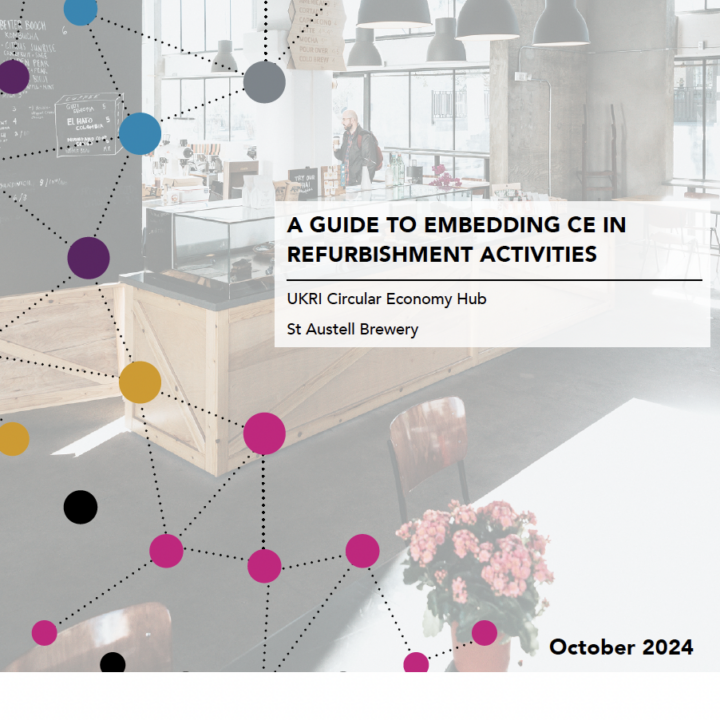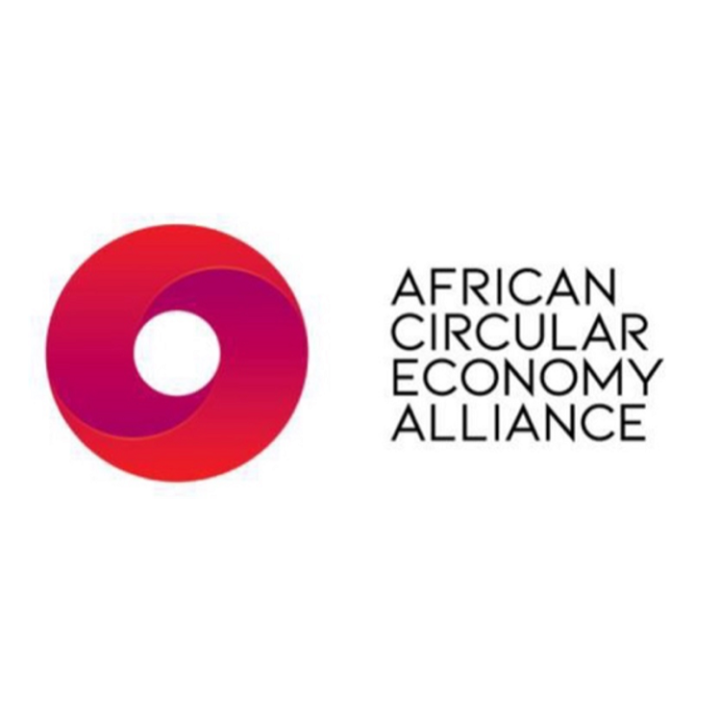2021, Webster
Circular economy in the hospitality sector
CE-Hub, 2024
The UK food and accommodation sector, also known as the Hospitality sector, had a turnover in 2023 of £103 billion (Bn) pounds (Clark, Statista, 2023) and supports 2.74 million (M) jobs (Clark, Statista, 2024a), making it the UK’s 6th largest industrial sector in employment terms. It faces many classic business pressures including tight profit margins, high employee turnover, and cost-of-living impacts on procurement, pricing strategy, and customer spending power.
Hotels, pubs, and restaurants construct and operate materially intensive assets (construction and refurbishment), have high throughput of diverse goods and services including textiles and laundry (soft furnishings, linens, and uniforms), electricals, and energy consumption (catering and brewery equipment), packaging (incoming goods, takeaway packaging), and food and drink (DEFRA, 2023).
Excluding refurbishment activities, the sector generates 2.8M tonnes of waste (WRAP, 2013), with over 1.1M tonnes of food waste costing the sector around £3.2bn per annum (WRAP, 2023a). The sector emitted 4,203.9 thousand tonnes of territorial greenhouse gas emissions (GHGs) in 2022, approximately 1% of the UK total (ONS, 2024). Scope 3 emissions in the form of purchased goods and services and logistics account for a high percentage of emissions: from 61% for hotels to 97% for quick-service restaurants. Sectoral initiatives such as the Zero Carbon Forum provide leadership, reports, and guidance in carbon and net zero (NZ), addressing the difficulties many businesses, notably SMEs, face in reducing GHG emissions.
To date, the sector has little engagement with a circular economy (CE) or awareness of the potential opportunity to apply a CE to reduce GHG emissions, boost resource productivity, and reduce costs. To build greater awareness and engagement, this Spotlight Report provides examples of current CE practice within hospitality and explores what a CE Hospitality sector might look like and the actions to support engagement and practical adoption of CE on the ground.
Consultation with stakeholders and a scan of the grey literature identified examples of CE in practice across three phases of the CE-value chain:
- Reducing material inflows: through restorative design principles (refurbishment) and product (mattress) redesign (lightweighting, modular design, and mono-material selection).
- Product life extension and asset utilisation: through resale and exchange platforms and reducing laundry losses.
- Increased valorisation of post-use products and waste: through improved closed-loop systems for textile waste and converting food waste into higher-value products.
- Cross-sectoral collaborations: including ReLondon’s circular food business guide ‘Food that Doesn’t Cost the Earth,’ the EMF Big Food Redesign, and WRAP’s Courtauld Commitment 2030 programme.
A deeper dive case example based on St. Austell Brewery highlights ways in which this business has configured CE design, business model, and reverse logistics building blocks across diverse activities and with suppliers: learnings then used to create a vision and longer-term circular strategy.
Two workshops involving 42 stakeholders from across the Hospitality sector and its supply chains explored challenges and opportunities for CE adoption and measures of success. Stakeholders identified a number of areas as key to a successful transition, including embedding CE principles within existing frameworks, developing CE pilots, shifting to collaborative rather than competitive working practices, developing CE leadership, and creating CE-specific policy levers.
Combined analysis of existing CE activity and stakeholder input from the workshops highlighted six key levers for accelerating a CE transition. These are:
- Funding and incentives
- Data collection and transparency
- Collaboration and leadership
- Knowledge and awareness
- Policy and regulation
- Shared vision
Recommendations for action include:
Embedding CE principles in procurement frameworks both within hospitality businesses and along supply chains.
- Improving data systems for key product and material flows (e.g., food, products with short replacement cycles) to create a baseline and measure success.
- Deploying and configuring systemic CE solutions, from the design of space to products built for longevity, ease of repair, and ease of removal.
- Enhancing CE knowledge, skills, and capability training within existing programs, with greater knowledge exchange upstream (along supply chains) and downstream (through customer communications).
In conclusion, this Phase 1 report underscores that a CE offers a tangible solution to the challenges faced by the Hospitality sector. Doing nothing, or focusing on NZ alone, misses the opportunity to realize financial savings by addressing wasteful practices, increase resource and material security through value capture strategies, boost supply chain resilience through simplification and increased collaboration, and improve profit margins through innovation.
To implement a CE Hospitality sector at a national scale requires systematic integration of a taxonomic approach, a common data framework, and the capability to connect initiatives and evidence via digital tools, dashboards, and reporting systems, as is emerging in other sectors globally.
Findings and successes from a second phase, with learnings from a signature set of products and services, would provide the confidence and support to establish policy-hospitality-supply chain collaboration to drive data and case study pooling, as well as evidence for proof of value.
Learnings and experience from Phase 2 would identify and develop the dynamic capabilities required for total system integration into governmental, hospitality, and supply chain decision-making and collaboration.
Please download the full report from the link below.

Hospitality Spotlight Report: Accelerating circular economy adoption
View resource






